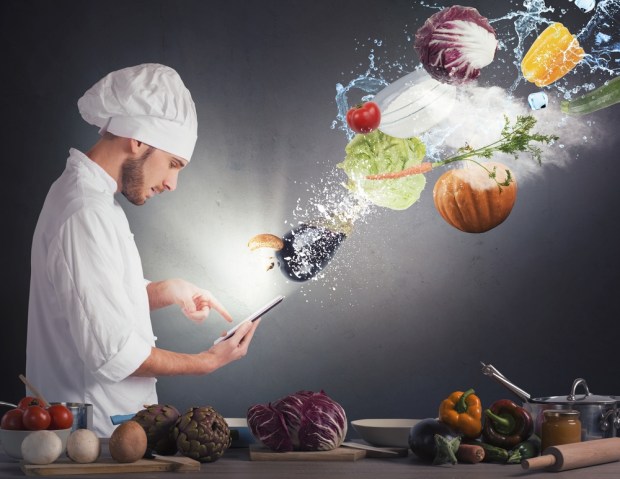US Falls Short In Restaurant Technologies

Technology is the new norm for restaurant customers worldwide — especially if those customers happen to live in Asia or the Middle East.
Technomic’s Top 100 Global Chain Restaurant Report for 2016 found, for instance, that 68 percent of customers in Asia reported using a mobile device to place a food order in the past three months, and in the Middle East, that statistic was about 60 percent.
But in North America, placing mobile orders to restaurants is still a novelty. Of those surveyed, only 32 percent of customers in North America reported ordering food using a mobile device in the three months prior.
This doesn’t mean that North American customers aren’t pining for mobile ordering options — especially the millennial market. Seventy-seven percent of North American customers ages 18 to 34 want or expect mobile ordering at fast-food restaurants. That number jumps to 83 percent when those surveyed were asked about fast-casual chains.
Customers want convenience. In another restaurant technology survey of U.S. consumers, 79 percent agreed that restaurant technology improves their guest experience. And mobile ordering benefits restaurants as well — especially in terms of saving time and reducing errors. Given the high demand, convenience and additional customer engagement mobile ordering provides, offering the option tends to build brand loyalty.
About 80 percent of restaurant owners in the U.S. say that technology would help to increase sales, make their restaurant more productive and give their business a competitive edge. Yet only one-third of restaurants have a smartphone app — the majority of which are franchise and chain restaurants. Only 18 percent of table service restaurants and just 14 percent of independent restaurants reported having a mobile app.
It’s not just in the realm of mobile ordering apps where restaurants in the U.S. fall short. Consider the beacon technology used at Frames in Tokyo, the robotic waitstaff in Shanghai or even the Brekk-E-Tag at Hungry Jack’s in Australia.
While the U.S. restaurant scene certainly isn’t a technological wasteland — some chains have been slowly integrating tablets and self-service kiosks, and a few restaurants in San Francisco are experimenting with automation with the help of tech startups — the restaurant industry in the States is far less integrated than it is in comparable markets elsewhere in the world.
Cost is (as with many things) the major barrier preventing restaurants from upgrading their tech space. But the scales in the U.S. may soon tip toward innovation — not just as an optional augmentation to the restaurant experience, but as a necessity.
Restaurants and other food service providers employ more minimum-wage workers than any other sector in the U.S. As calls for a federal minimum wage increase gain popularity, restaurant owners are looking to automation to offset costs. While we’re most likely years away from robot chef ubiquity, there’s a push in Silicon Valley to get started.
In the meantime, with 51 percent of U.S. consumers choosing delivery or takeout for every order, automating ordering systems and online ordering will draw more customers while simultaneously streamlining the lunch rush. Twenty-seven percent say online ordering would encourage them to visit a fast-food restaurant. That number is 34 percent for fast-casual restaurants.
For the latest in unattended retail news, trends, and developments, take a look at the PYMNTS.com Unattended Retail Tracker™, powered by USA Technologies.
